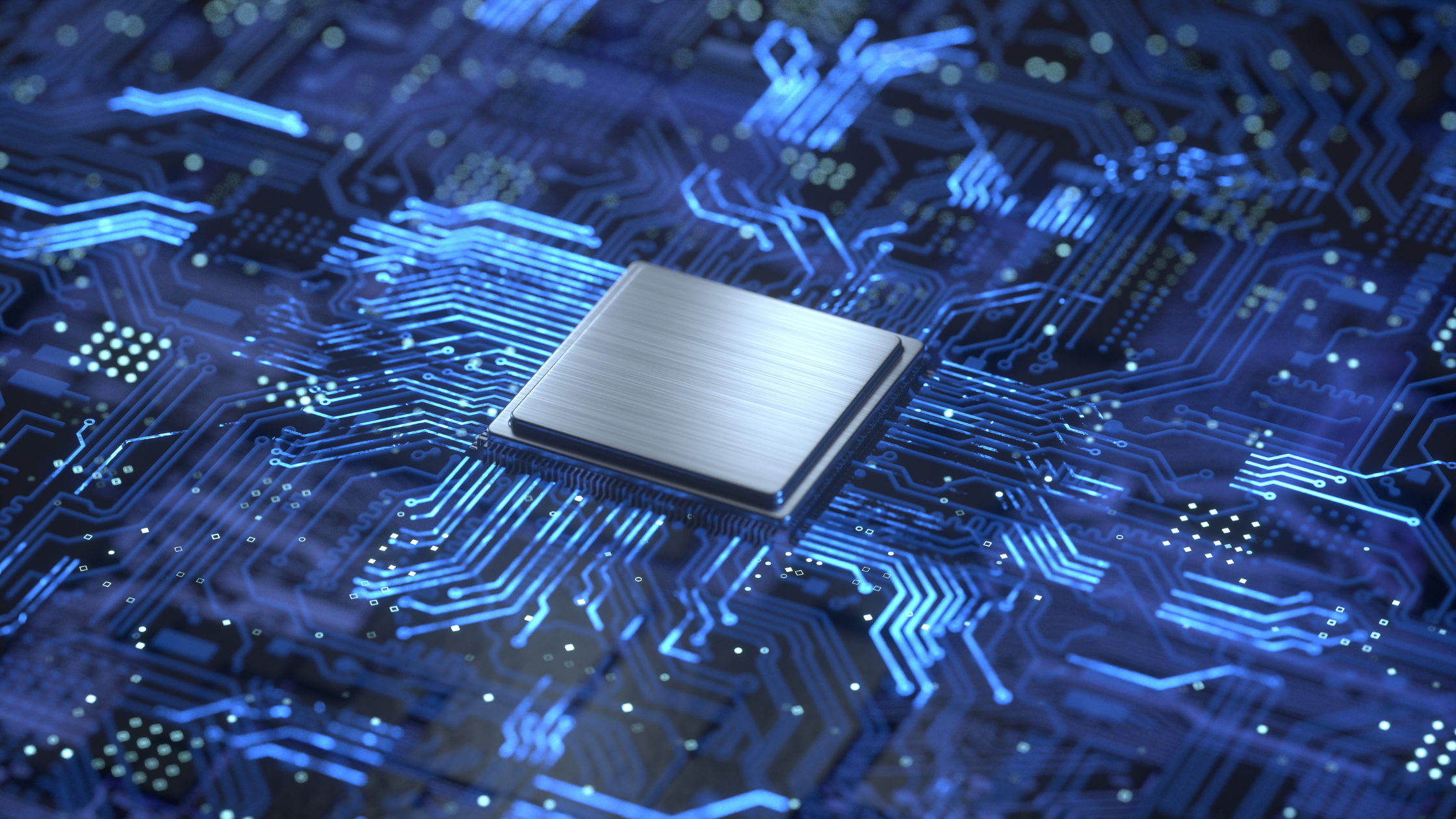Nanocrystalline materials, like Xtalic’s XTRONIC® Ni-W alloy, are pivotal in electronics manufacturing because their enhanced productivity and performance allow a single alloy to meet specifications that previously required multiple, thicker-layered alloys. This simplifies processes and reduces the need for additional materials.
Shareholder value often hinges on the ability to increase gross profits and net income, and one of the most effective ways to achieve this is by reducing the cost of goods sold (COGS). In today’s competitive market, consumers are always seeking the best value for their money. For product managers, this means finding innovative ways to lower COGS while maintaining high product quality.
In the electronics manufacturing industry, three key strategies can significantly impact COGS: lowering material costs, reducing manufacturing expenses, and minimizing warranty/return costs. By focusing on these areas, companies can not only satisfy shareholder expectations but also meet consumer demands. This blog explores the strategies and benefits of using nanocrystalline materials to achieve these goals.
Contents
Lowering Material Costs with Nanocrystalline Materials
Reducing the cost of materials used in manufacturing is one of the most direct ways to lower COGS. In the electronics industry, precious metals are commonly used in connectors to ensure stable and reliable interfaces. However, these metals are expensive and have a high carbon footprint. Manufacturers have long sought to reduce their reliance on precious metals through innovations like spot plating and thickness reductions.
Nanocrystalline materials offer a breakthrough solution. Xtalic’s nanocrystalline nickel barrier layer is computationally designed to allow for a thinner layer of precious metal without compromising performance. By using a nanocrystalline layer, manufacturers can reduce the amount of precious metal needed, stabilize costs by avoiding the volatility of precious metal markets, and achieve significant cost savings.
Reducing Manufacturing Costs with Nanocrystalline Materials
Manufacturing costs in electroplating processes arise from various sources, including raw materials, waste removal, and production speed. While material consumption has been optimized over the years, the focus has now shifted to improving manufacturing throughput and yield.
Xtalic’s advanced pulse reverse plating process, featuring nanocrystalline materials like XTRONIC, ensures no loss in manufacturing speed when switching from traditional nickel sulfamate plating. In fact, the high performance of XTRONIC allows for thinner deposits, reducing time in the plating tank and accelerating production. Additionally, Xtalic’s plating processes are engineered to be robust, achieving high yield rates and ensuring that only top-quality parts are produced.
Minimizing Warranty Costs with Durable Nanocrystalline Materials
Investing in nanocrystalline materials can also lead to significant cost reductions by decreasing warranty and return expenses. Warranty costs can severely impact a company’s bottom line, and high failure rates can damage brand reputation.
A prime example is the charging I/O port on mobile phones. These ports need to withstand moisture and corrosion to prevent failure. Xtalic’s nanocrystalline materials are specifically designed to offer superior corrosion resistance, reducing the likelihood of failures and, consequently, warranty claims.
Consider this: with an estimated 2% warranty return rate on 1 billion smartphones produced each year, and 15% of these returns attributed to the charging port, the potential cost savings are substantial. If each repair costs $150, reducing failure rates could save the industry millions in warranty expenses annually.
The Strategic Advantage of Nanocrystalline Materials
Nanocrystalline materials present a compelling opportunity to reduce COGS while maintaining or even enhancing product performance. By carefully selecting materials that optimize costs and durability from the outset, manufacturers can achieve significant savings in materials, production, and warranty expenses.
Our Alloys Enhance Products at the Atomic Level
- LUNA® is one of the world’s hardest high-temperature silvers. It can operate above 210 C. The hardness and electrical properties are similar to hard gold but at 2% of the mining impact. Today it is used to create safer wearables and enable the next generation of reliable electric vehicles.
- XTALIUM® is a suite of nanostructured aluminum alloys electroplated from ionic liquids. It has enabled one of the lightest materials in the world, has the strength of steel and can be anodized for a full palette of colors.
Discover how nanocrystalline materials can transform your product portfolio and streamline manufacturing. Xtalic’s range of alloys are engineered to enhance the value of your electronic components. If you’re facing specific challenges or seeking improvements, our proprietary computational modeling process can develop custom alloy solutions. Connect with us to learn how Xtalic’s innovations can reduce costs and elevate shareholder value.
"*" indicates required fields




